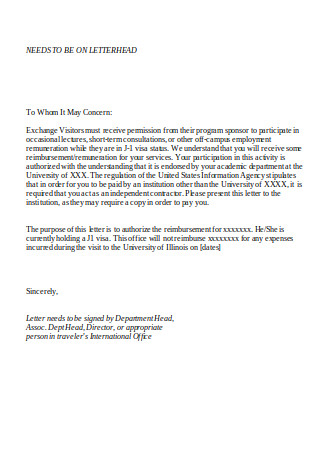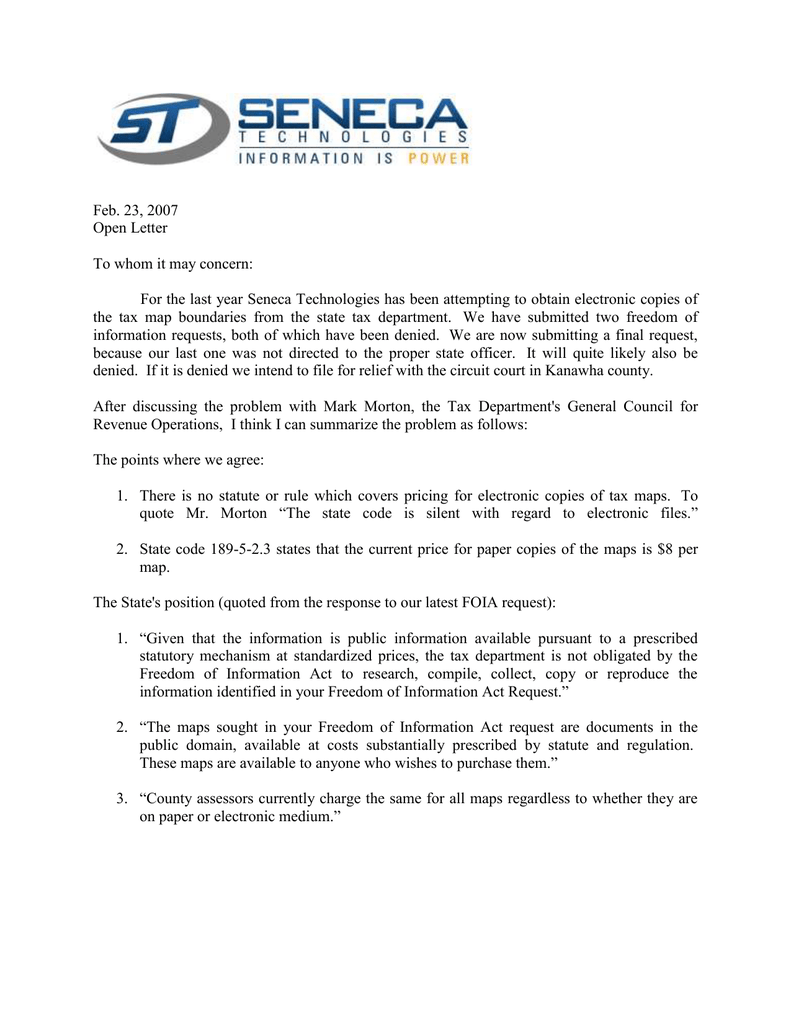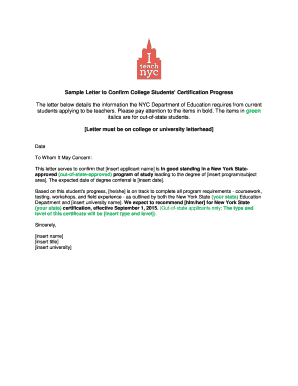

- Starting a letter with to whom it may concern full#
- Starting a letter with to whom it may concern professional#
From the Mountain) is named Jan (John) so his name is written with first name as Jan van den Berg and with initials as J. In Dutch if the first name or initial is included, the prefix is never capitalized. In the vast majority of names, the (first) prefix is always capitalized.
Starting a letter with to whom it may concern professional#
Use of professional titles, especially unabbreviated, is uncommon in Dutch correspondence.

However, there is a tendency, especially among the younger generations, to also use this salutation in formal situations." The formal salutation, "Geachte", is most commonly used in present formal communication, while the informal salutation "Beste" appears in informal communication. A person's title and surname always follows the salutation, regardless of formality. Dutch ĭutch has two standard forms of salutation: one formal and the other informal. Jahar Proti Iha projojjo (যাহার প্রতি ইহা প্রযোজ্য) (if the writer wishes to exclude the gender of the reader from the salutation and/or to convey that the reader should forward the copy to one more suited to receive or respond appropriately. Sneher (স্নেহের) (if address someone younger). Sroddheo (শ্রদ্ধেয়) (if the gender of the reader is unknown). If the name of the intended recipient is unknown, acceptable salutations are: However, it is not common in Bengali to use both a title of address and a person's given name: "Srodeho/Jonab John Smith" (শ্রদ্ধেয়/জনাব জন স্মিথ) would not be correct form. It is commonly followed by either an honorific and a surname, such as "Srohdeho/Jonab" (শ্রদ্ধেয়/জনাব), or by a given name, such as "Srohdeho/Jonab John" (শ্রদ্ধেয়/জনাব জন).

The salutation "Dear" (প্রিয়) in combination with a name or a title is by far the most commonly used salutation in Bengali, in both formal and informal correspondence.
Starting a letter with to whom it may concern full#
This Concluding Doa comes right after the full name of the correspondent. It is common to conclude the salutation with a Doa such as May god bless him/her or May god protect him/her. To add more formality, it is common to begin the salutation with Ela (to), followed by the salutation and a full name.Įxample: Azizi Ahmed, Azizati Sarah, A'ezza'e members of the team or Member of the team Al A'ezzaa.įormal : Sa'adat Assayid Ahmed Abdullah, Sa'adat Assayidah Sarah Ibrahim, Sadati members of the team Almuh-tarameen.Ĭommon salutation for both formal and informal correspondence : Sa'adat Alostath Ahmed Abdullah, Sa'adat Alostatha Sarah Ibrahim. To address a group of people, A'ezza'e for informal correspondence, and in formal correspondence "Sadati" is commonly used and followed by Al A'ezza'a or "Almuhtarameen". It is commonly followed by a full name.Īl akh if male, and Al okht if female, followed by a first name.įor more informal correspondence, Azizi if the reader is male, and Azizati if female.

Sa'adat Assayid if the reader is male, and Sa'adat As'Sayyidah if female. For formal correspondence, it is common to use:


 0 kommentar(er)
0 kommentar(er)
